Summary
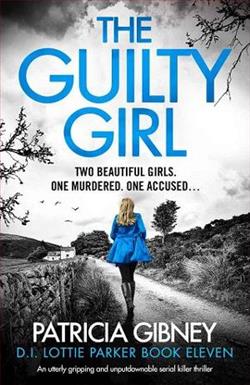
The Guilty Girl
by Patricia Gibney
Something whistling through the door behind her caused her to turn. A shadow spread across the opening. She clasped a hand to her mouth, stilling the fear that was rising. The menacing shadow was followed by a face that sent a cold shiver down her spine…
When the call comes in about Lucy, a seventeen-year-old girl murdered after the secret party she held in her parents’ home, Detective Lottie Parker is first on the scene. As she picks her way through the smashed glasses and the blood spatter on the perfect cream carpet, she is horrified to see Lucy’s angelic face, silvery-blue eyes forever closed.
As Lottie breaks the news to Lucy’s heartbroken parents and the devastated partygoers, she discovers that hours before her death Lucy had revealed a terrible secret about her friend Hannah. And when Lottie finds Lucy’s bloodstained clothing hidden in Hannah’s bedroom, she has no option but to bring the shy, frightened girl into custody.
But Hannah claims to have no memory of the night Lucy died and Lottie begins to question her guilt. Then a fifteen-year-old boy who also attended the party is pulled from the canal. And as Lottie investigates, she discovers something shocking. Her own son Sean was at the party. Why did he lie to her? Is her beloved child a witness or a suspect… or is he now in the killer’s sights?
.
Read
The Guilty Girl on http://kissnovel.net
Martial Peak Reviews
Patricia Gibney’s The Guilty Girl is a gripping addition to the detective fiction genre, weaving a complex narrative that explores the depths of human emotion, the fragility of trust, and the harrowing consequences of secrets. Set against the backdrop of a seemingly idyllic suburban community, the novel opens with the shocking murder of seventeen-year-old Lucy, a tragedy that sends ripples of fear and suspicion through her family and friends. Detective Lottie Parker, the protagonist, is thrust into a web of deceit and hidden truths that challenge her both professionally and personally.
The novel begins with a chilling scene that immediately captures the reader's attention. Gibney’s vivid descriptions of the crime scene—the “smashed glasses” and “blood spatter on the perfect cream carpet”—create a visceral sense of horror that lingers throughout the book. This opening sets the tone for a story that is as much about the investigation as it is about the emotional fallout from Lucy’s death. Lottie Parker is a well-crafted character, embodying the struggles of a dedicated detective while also grappling with her own familial issues, particularly concerning her son, Sean, who was present at the party where Lucy was killed.
One of the most compelling themes in The Guilty Girl is the exploration of **guilt and innocence**. As Lottie delves deeper into the investigation, she uncovers layers of complexity surrounding Lucy’s relationships with her friends, particularly with Hannah, who becomes a key figure in the case. Hannah’s claim of amnesia regarding the night of the murder raises questions about her involvement and the reliability of memory itself. Gibney skillfully navigates the murky waters of teenage friendships, revealing how secrets can fester and lead to devastating consequences. The tension between guilt and innocence is palpable, and readers are left questioning not only Hannah’s role but also the motivations of other characters who were present that night.
Character development is another strong suit of Gibney’s writing. Lottie Parker is portrayed as a multifaceted character, balancing her professional responsibilities with her role as a mother. Her relationship with Sean adds an emotional depth to the narrative, as she grapples with the realization that her son may be entangled in the very case she is investigating. This personal conflict heightens the stakes of the story, making Lottie’s journey not just about solving a murder but also about protecting her family. The author does an excellent job of illustrating Lottie’s internal struggles, making her a relatable and sympathetic figure.
The pacing of the novel is expertly handled, with Gibney maintaining a sense of urgency that keeps readers engaged. The plot twists are well-timed, and just when you think you have unraveled the mystery, another layer is added, forcing you to reconsider everything you thought you knew. The introduction of additional characters, such as the boy found in the canal, adds further complexity to the narrative, intertwining the lives of the teenagers in a way that feels authentic and relevant to contemporary issues facing young people today.
Moreover, the setting plays a crucial role in the story. Gibney paints a vivid picture of the suburban landscape, contrasting the outward appearance of tranquility with the underlying chaos of the characters’ lives. This duality serves as a metaphor for the themes of the novel, highlighting how appearances can be deceiving. The community’s reaction to Lucy’s murder reflects the broader societal issues of judgment and scapegoating, as friends and families struggle to cope with the tragedy while seeking someone to blame.
In terms of comparison, The Guilty Girl can be likened to works by authors such as Lisa Jewell and Tana French, who also delve into the complexities of human relationships and the impact of crime on communities. Like Jewell’s novels, Gibney’s work is rich in character development and emotional depth, while French’s influence can be seen in the atmospheric tension and intricate plotting. However, Gibney carves out her own niche by focusing on the unique challenges faced by a female detective navigating both her professional and personal life, making her story resonate on multiple levels.
The emotional impact of The Guilty Girl is profound, leaving readers to ponder the nature of truth and the consequences of our choices. As Lottie uncovers the truth behind Lucy’s murder, she is forced to confront her own beliefs about justice and morality. The resolution of the mystery is both satisfying and thought-provoking, prompting readers to reflect on the complexities of guilt and the often-blurred lines between right and wrong.
In conclusion, Patricia Gibney’s The Guilty Girl is a masterfully crafted thriller that combines a compelling mystery with rich character development and poignant themes. The novel’s exploration of guilt, innocence, and the impact of secrets makes it a standout in the genre. Readers who enjoy psychological thrillers with emotional depth will find themselves captivated by Lottie Parker’s journey and the chilling events that unfold in this gripping tale. It’s a book that lingers long after the last page is turned, making it a must-read for fans of crime fiction.




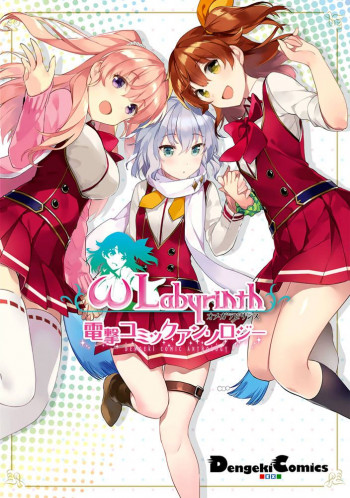


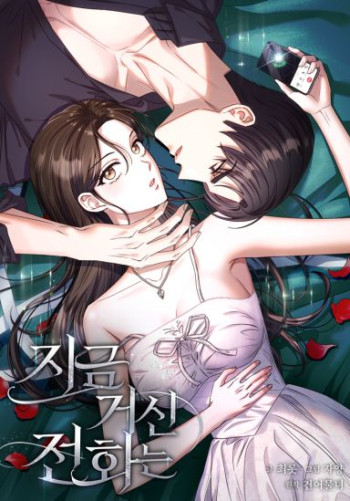
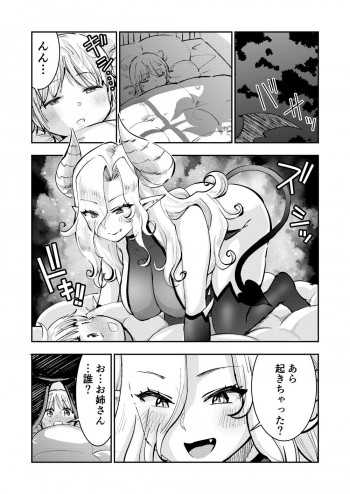

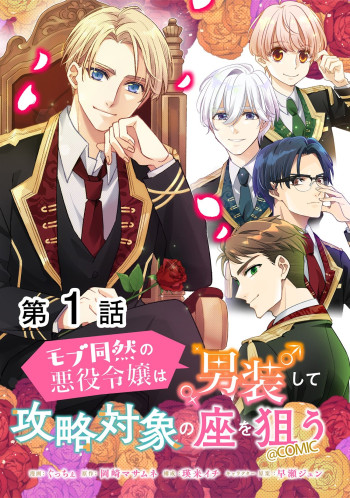
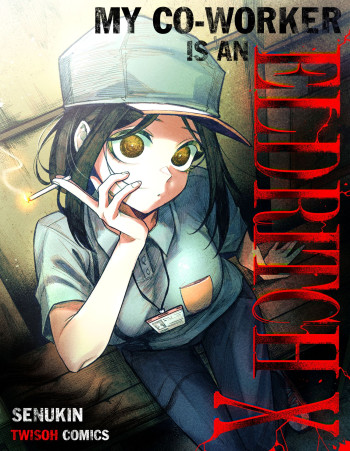

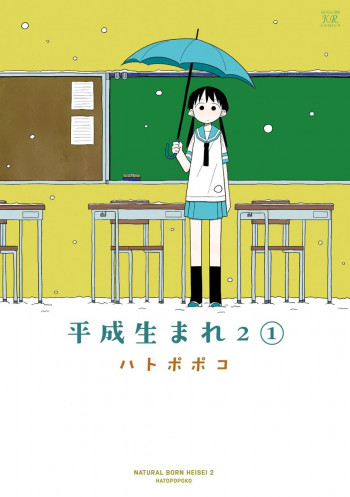










Reviews 0
Post a Reviews: